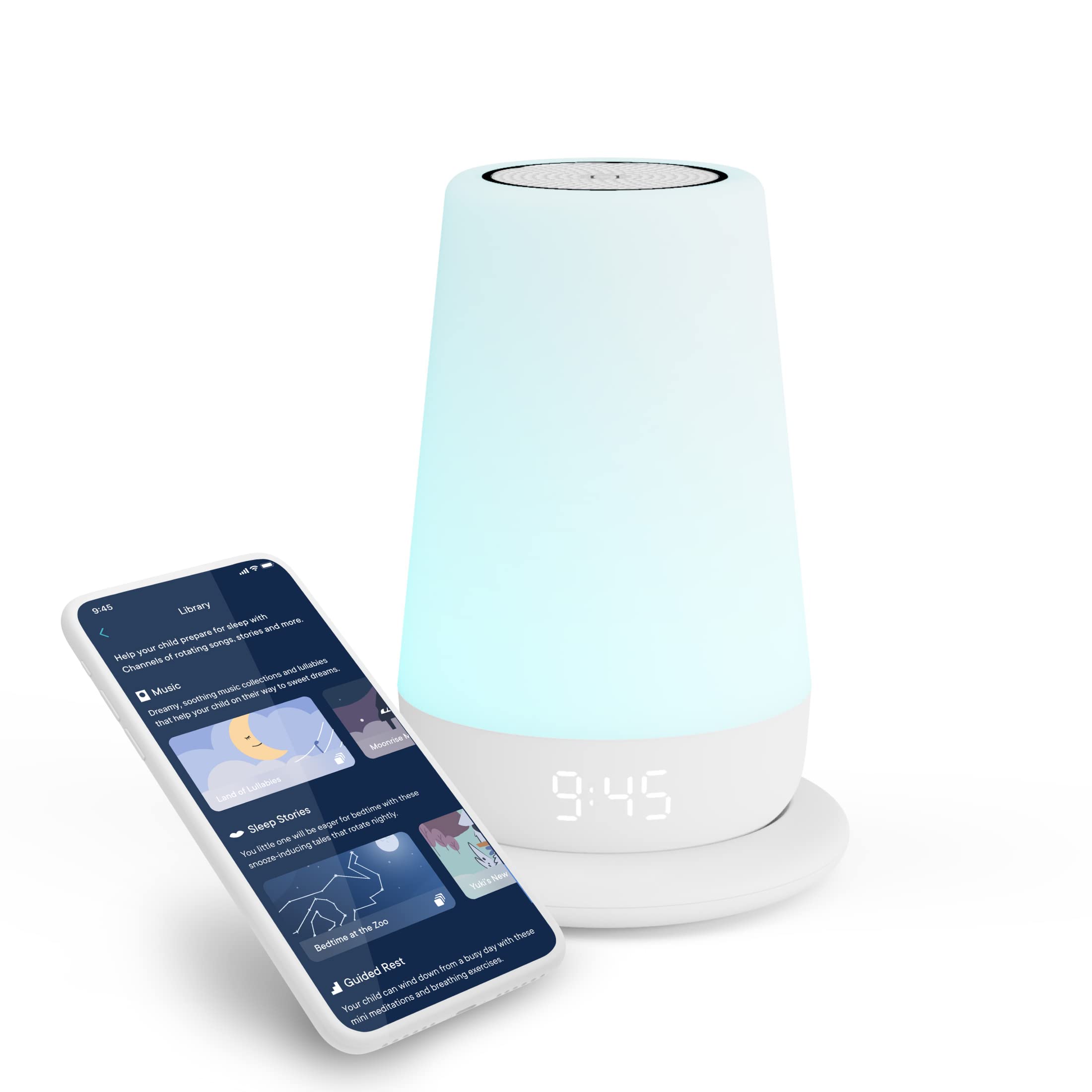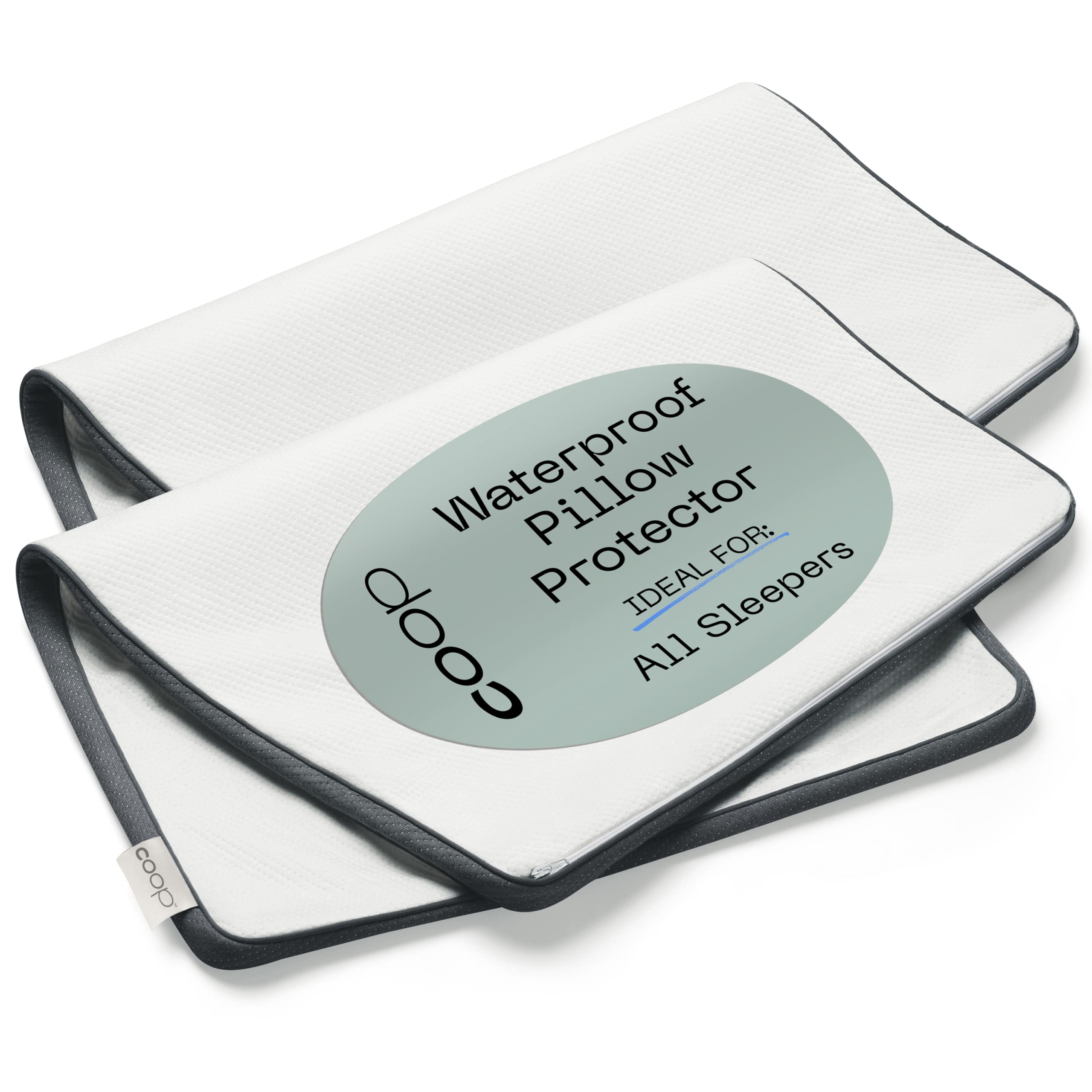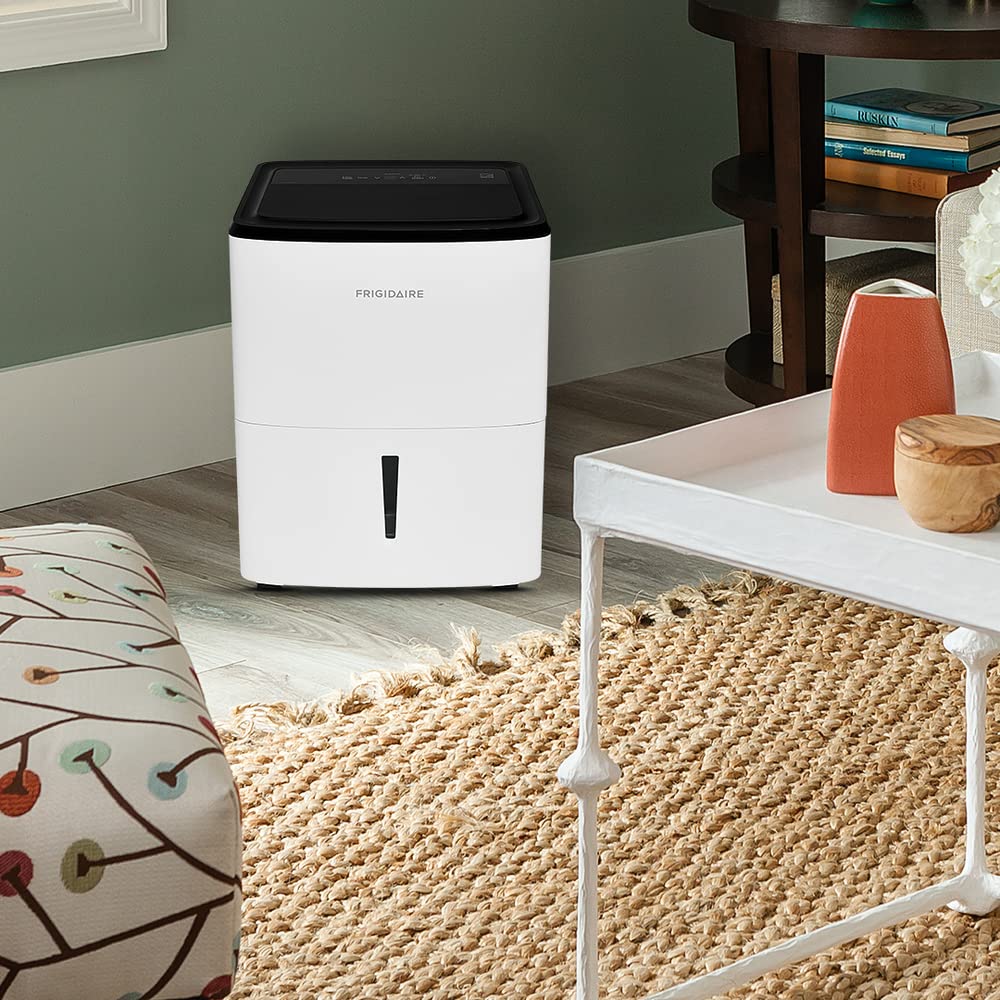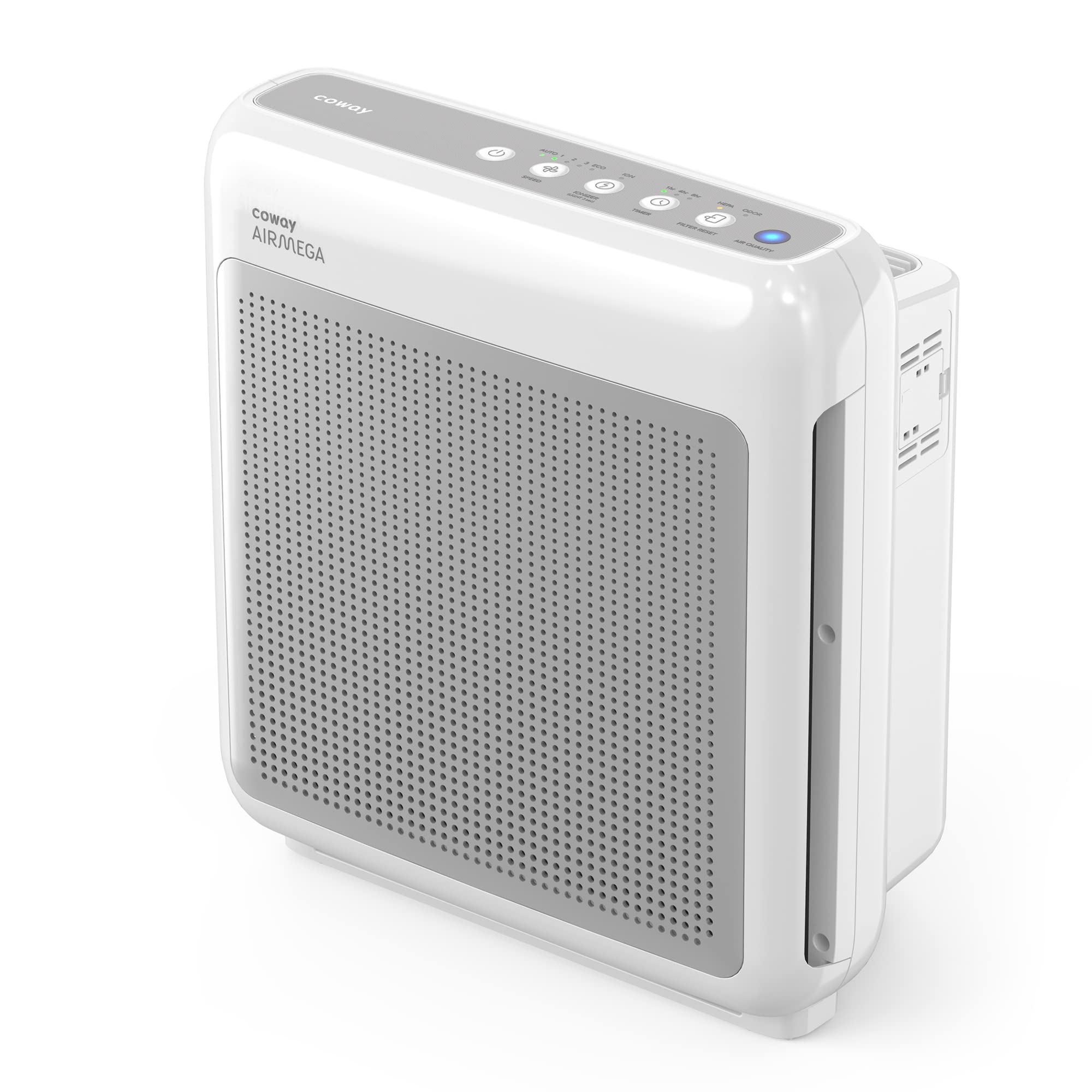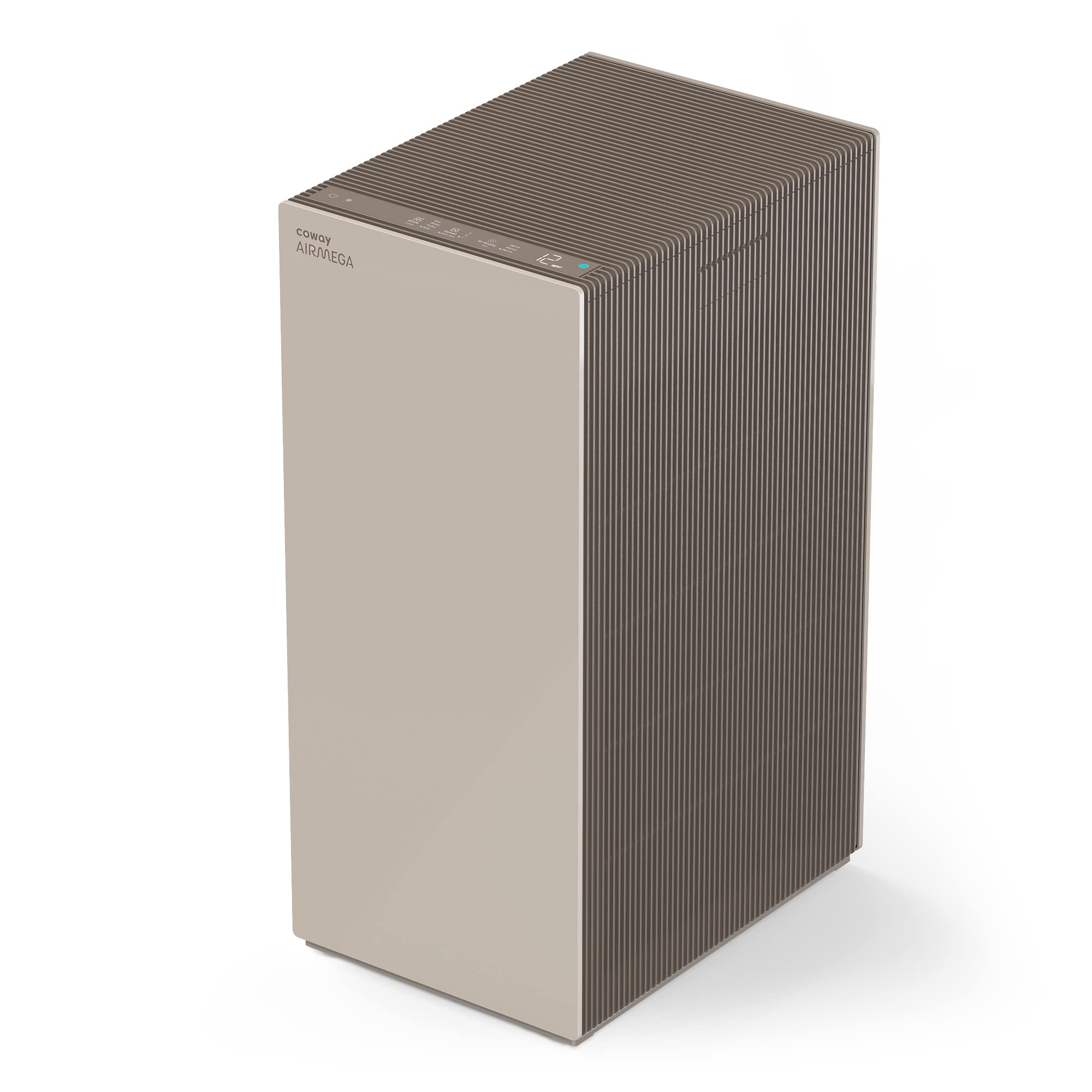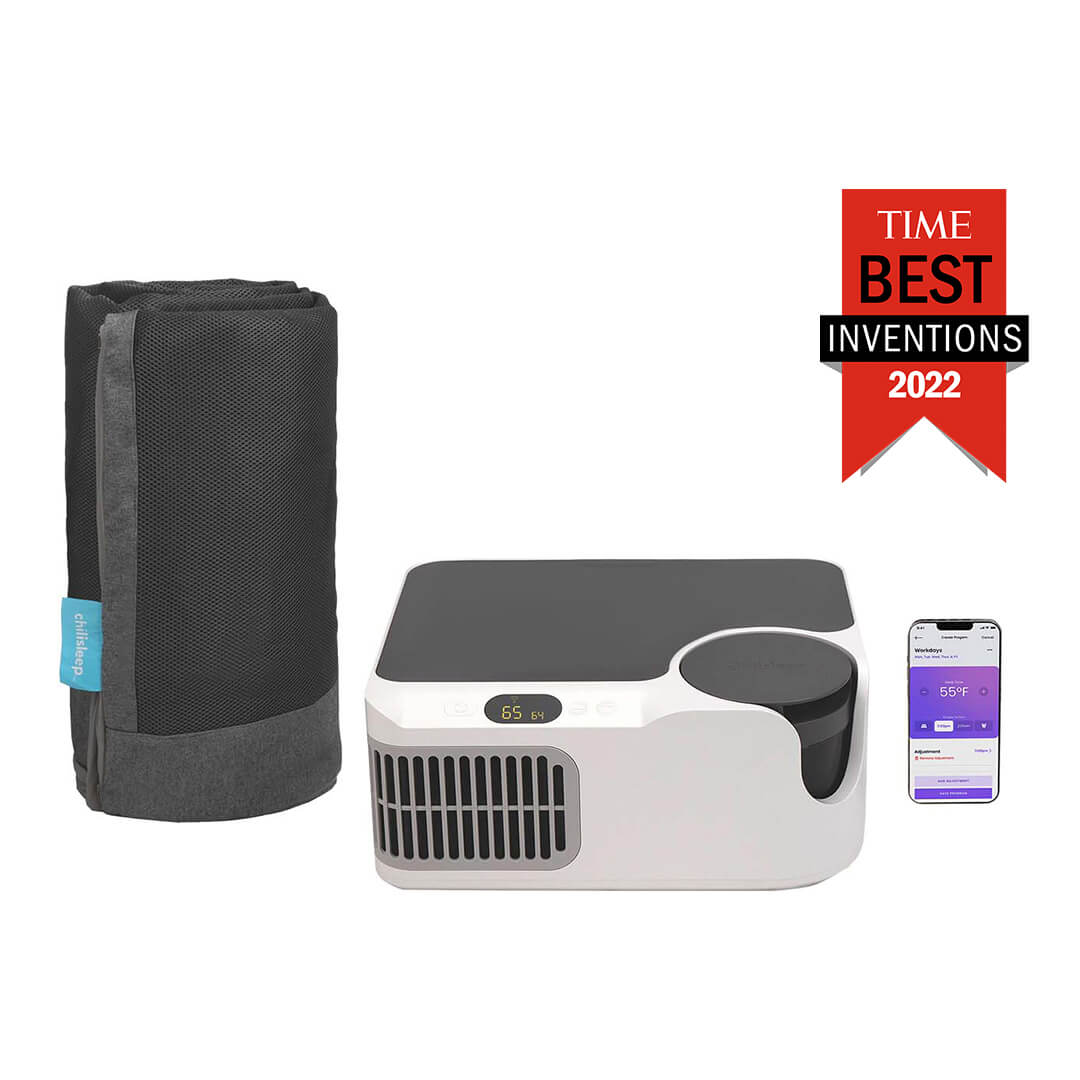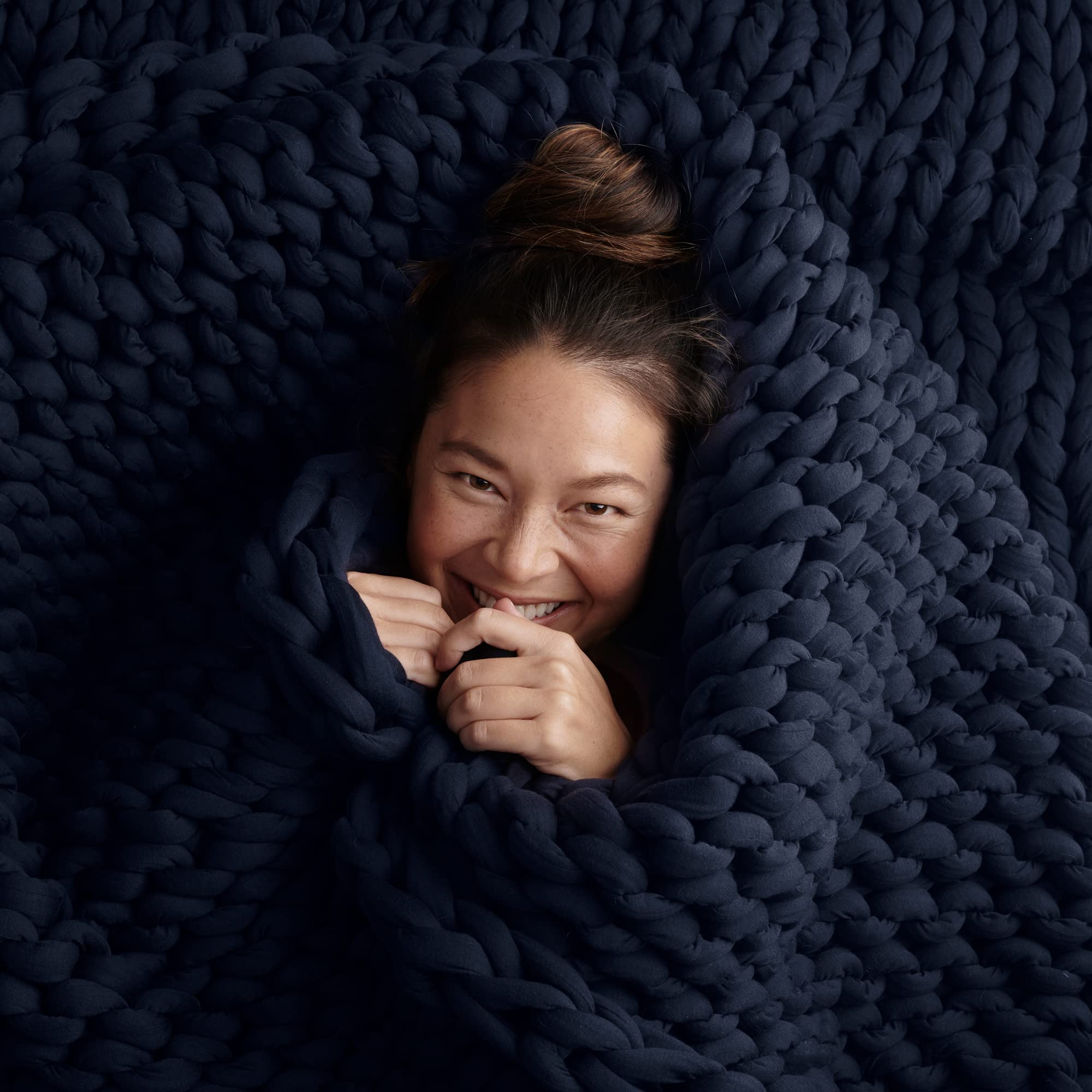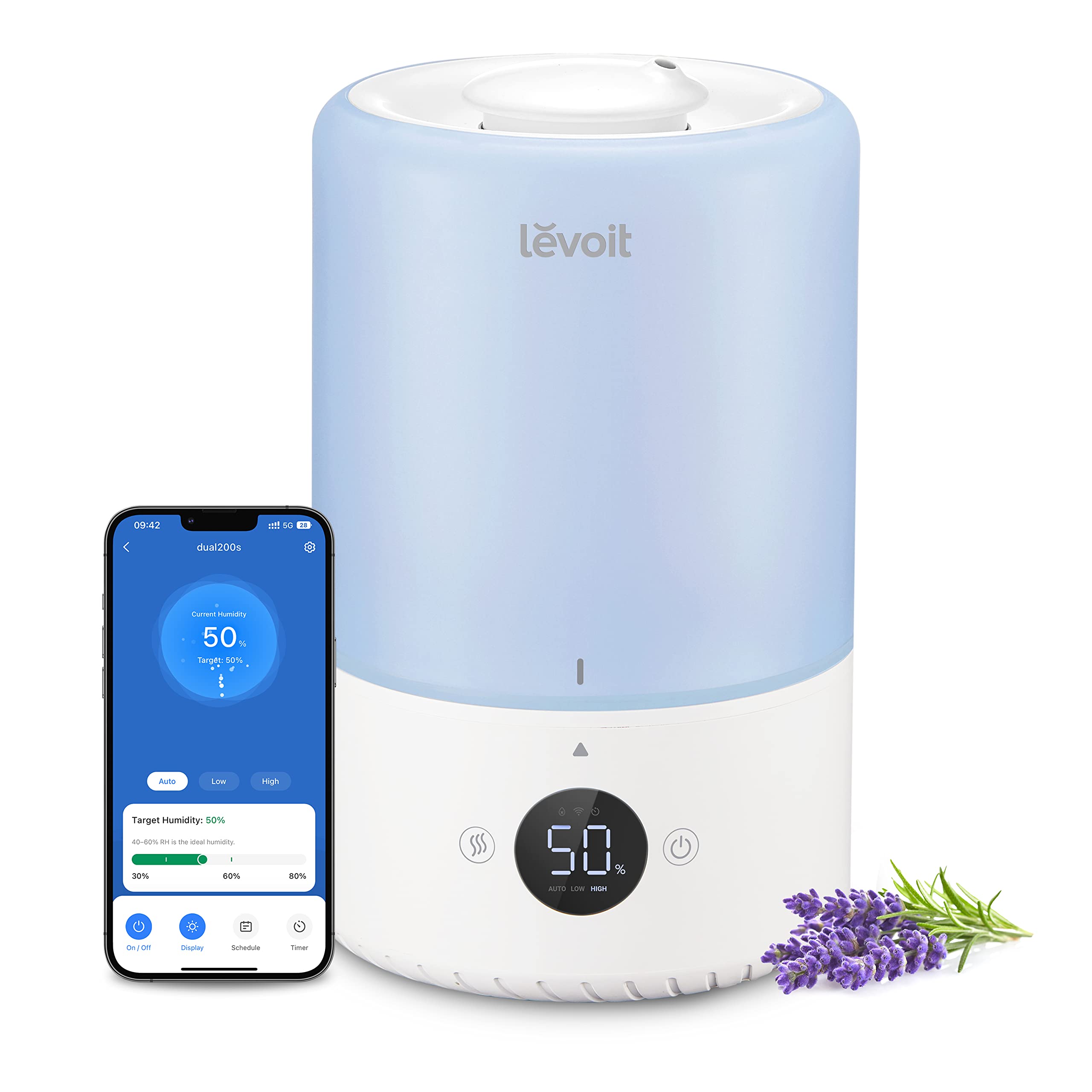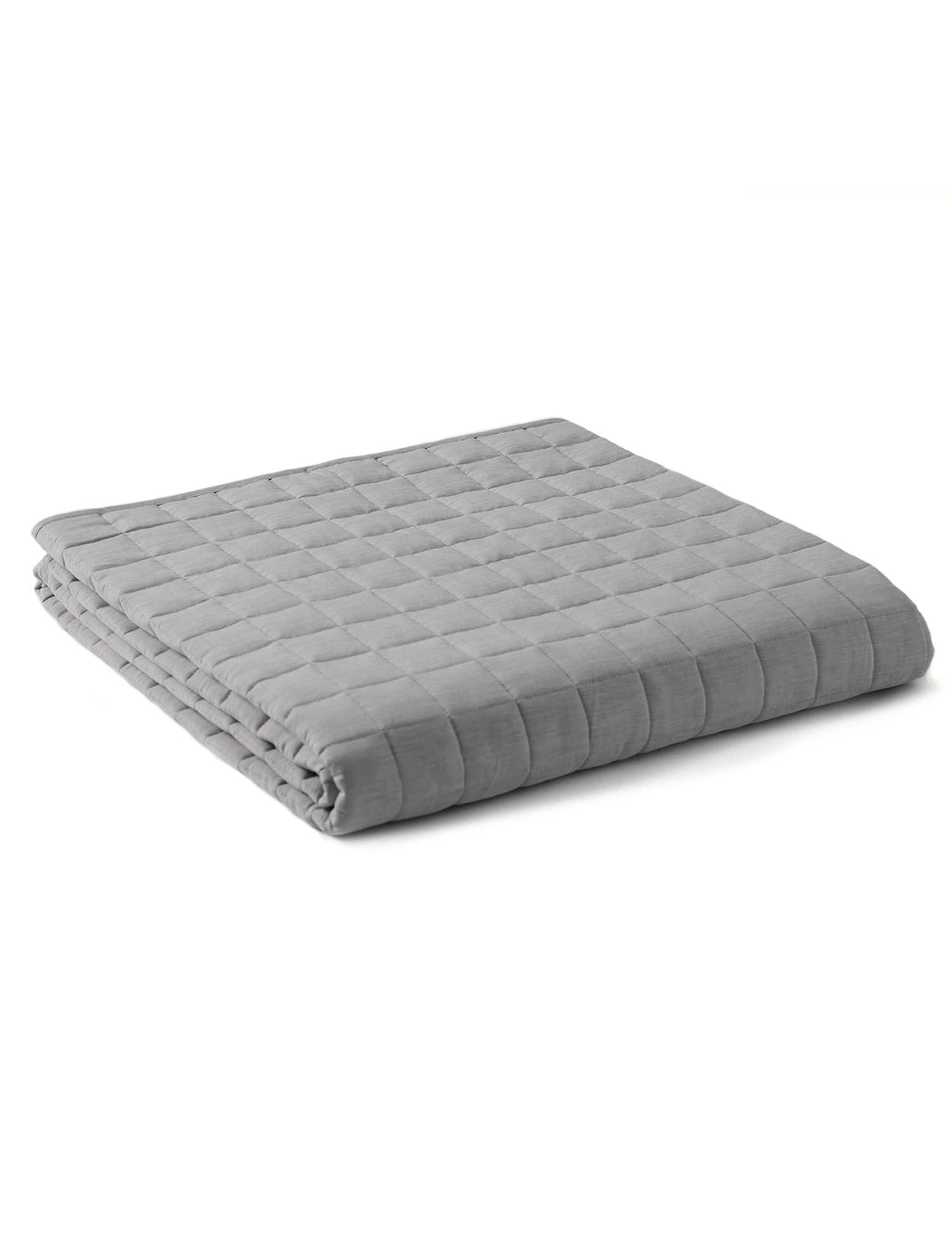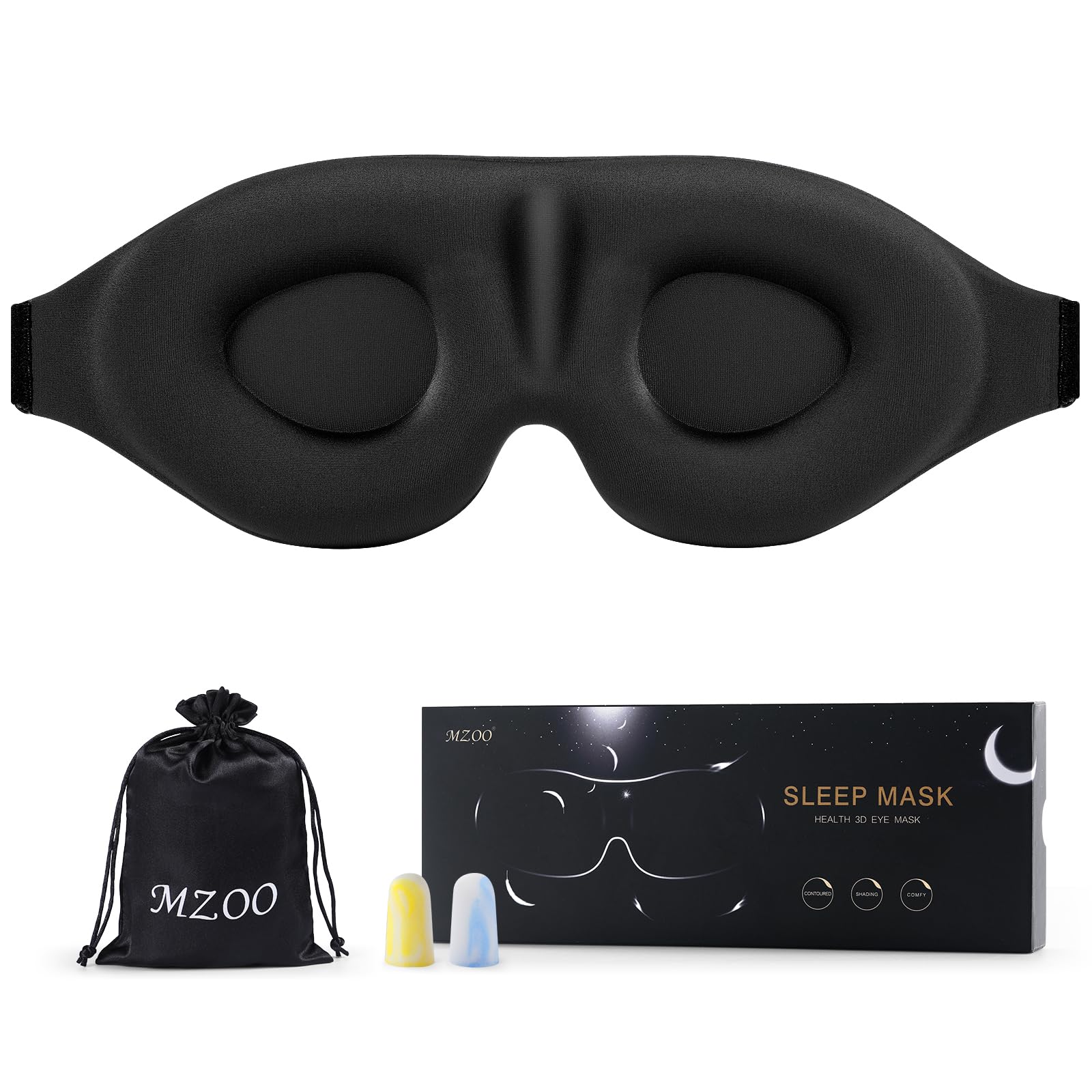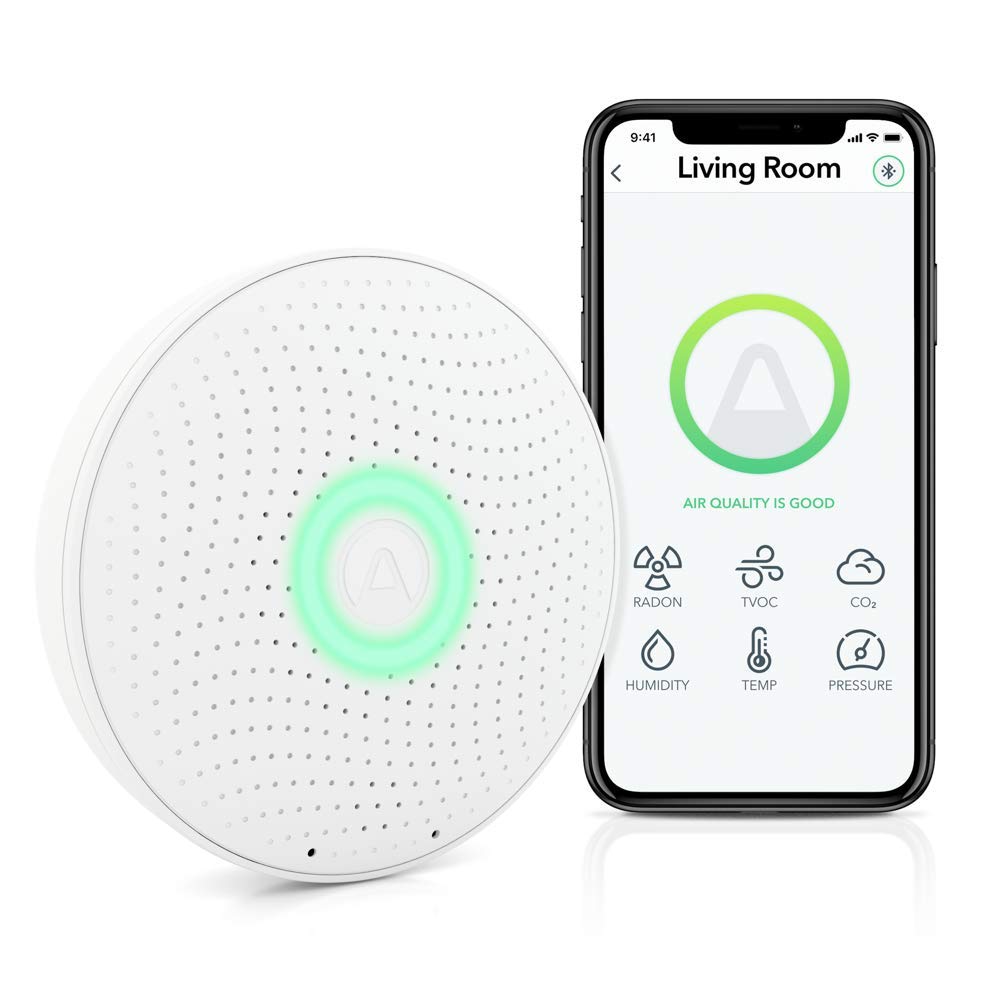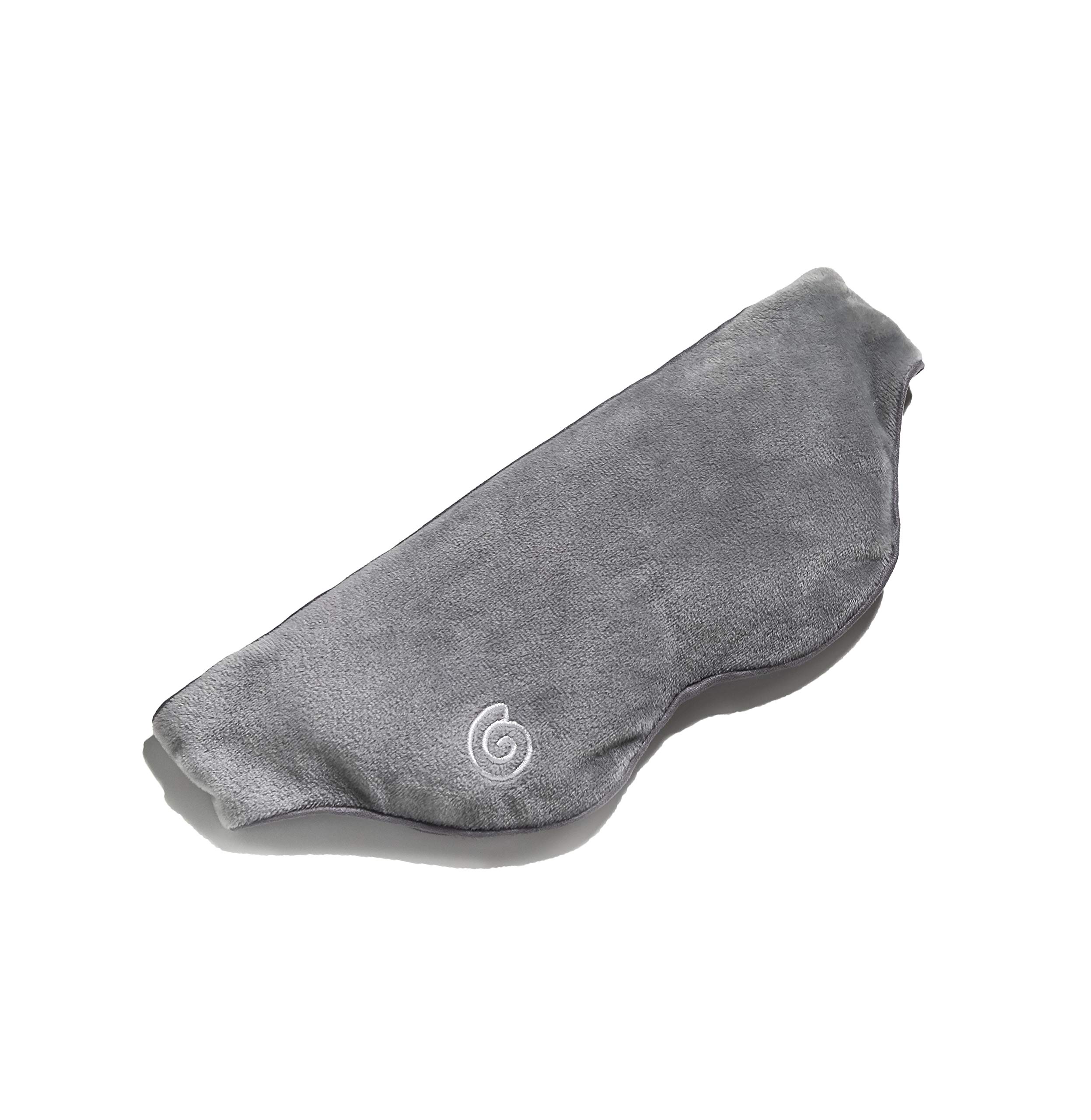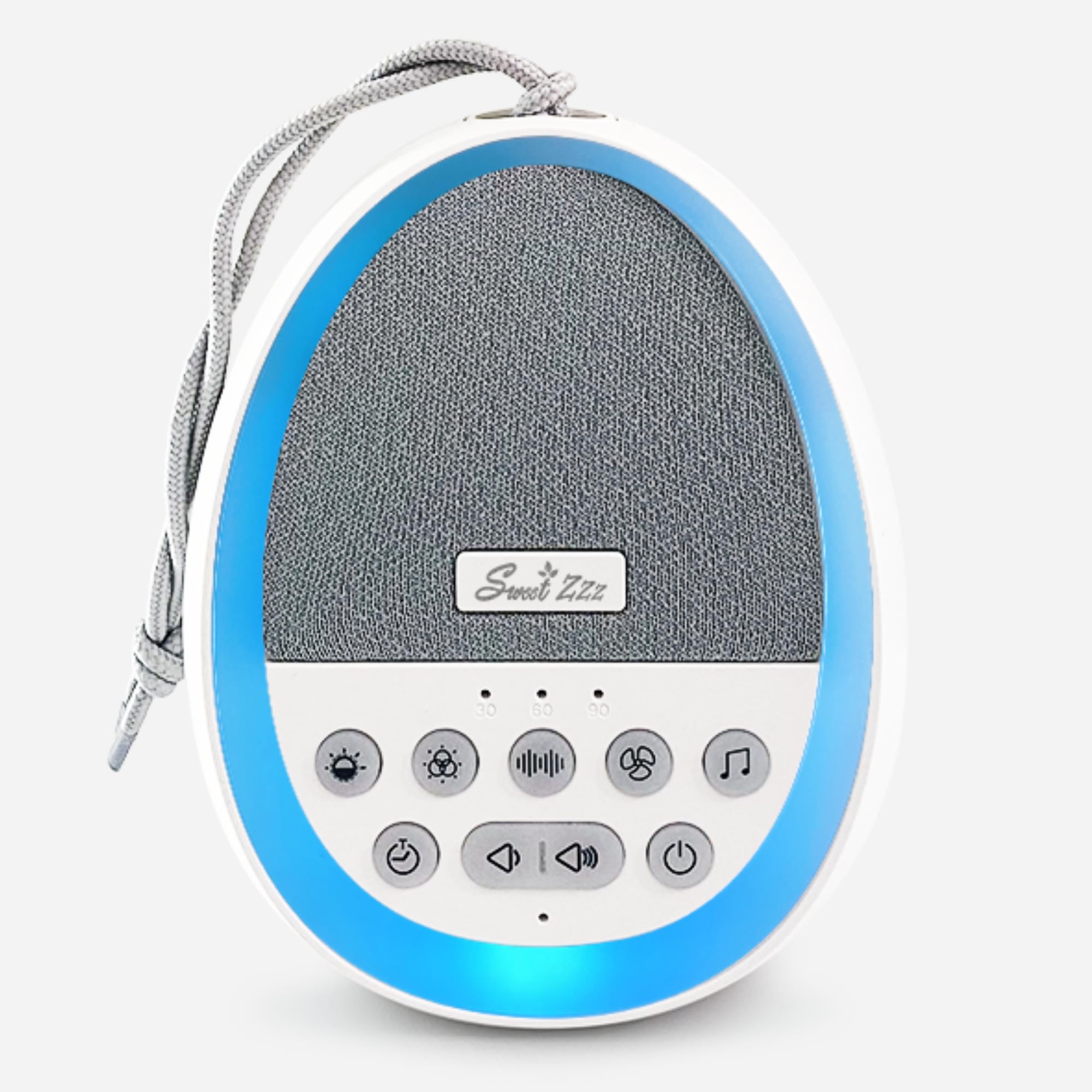Cleanliness is crucial to creating a good environment for sleeping. This can mean a lot of different things ranging from air you breathe to the clutter in your bedroom.
Making sure the air you breathe all night is optimal can be challenging. Most people sleep for six to eight hours a night, and during that entire time, you’re breathing the same air in the same room. That air could be filled with dust, dander, debris, or other items that can disrupt your sleep, which can be particularly problematic if you have allergies or asthma.
- Some people choose to measure their air quality through an air quality meter. These devices can detect temperature, humidity, pollutants and more today.
- Consider using an air purifier to help provide clean, odor-free air in your room throughout the duration of the night. This will help with your breathing and provide a steady source of clean air to help provide a calm, restful sleep.
- Mattresses and pillows can also harbor allergens. If you have significant allergies that disrupt your sleep a mattress or pillow protector may help improve the air quality you breathe
- Not directly related to cleanliness, the air humidity you breathe all night should be between 30-50% humidity. You may find that you could benefit from a humidifier or dehumidifier to brind your room into the desired range.
De-Clutter
Devote your bedroom to sleep. Remove anything that causes stress: your phone, computer, work items, bills, or paperwork. Put away laundry baskets of clean (or dirty) clothes. Minimize items on your nightstand and dresser. Even remove things from under your bed. When you’re sleeping, just because something is out of sight doesn’t mean it’s out of mind.

